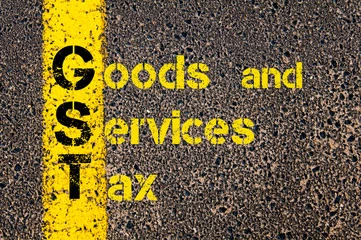To understand place of supply rules, one needs to understand two concepts which are the foundation of GST. GST is a destination based consumption tax which basically means the tax is at the destination where the supply is consumed. This requires certain set of rules to find out where is the consumption taking place.
It is easy to find out the place of supply in a situation where both the supplier and the receiver are present, at the same place, at the same time,
For eg. a restaurant service. The customer who comes to have food in the restaurant, consumes the supply at the same place wherever the supplier is supplying the food.
However, things can get complicated if there is a situation where the receiver and the supplier are miles apart. Certain supplies can be transacted via electronic medium, in which case there is no necessity that the receiver and the supplier are in the same place.
In order to address these aspects, there is a need for detailed rules which is addressed by place of supply rules.
Under GST, there are detailed rules to determine place of supply. These rules are in terms of the IGST law, which is the Integrated Goods and Services Tax Act. This law carries rules both for goods and services and again categorises it down to different species of goods and different species of services.
For eg. a courier service, where does the supply take place, it takes place at the origin of the goods, it takes place where the courier company is situated which is collecting the goods, it takes place where the courier company is situated which receives the goods or it takes place wherever the receiver of goods is located.
These aspects are addressed by IGST and the place of supply rules. There can be case of services.
This can become complicated in case of online services which are generally known as OIDAR services, namely online information database supply. What happens in these cases? Where for example, you order a particular product which is delivered via an online mechanism.
For eg. EBC learning has a number of videos which gives you lessons and insights on to a number of aspects. But where are these videos located? Are they located where EBC has its registered office, are they located where the server on which these videos are hosted, or are they located on the internet server through which you are watching them instantaneously.
Therefore, there are detailed rules which address these aspects and cumulatively all these rules are called place of supply rules.

